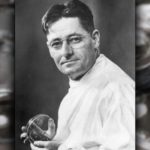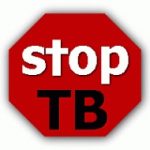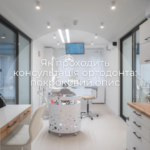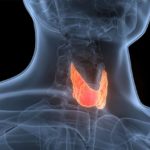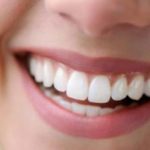Medical rehabilitation includes «application of a complex of medical measures in order to restore ability to work and health of individuals in the status of patients». In its turn, dental rehabilitation restores the health of the oral cavity organs, jaws and surrounding tissues of the face and neck. The WHO defines «Health is a state of complete physical, mental and social well-being and not merely the absence of disease or infirmity». Remembering that «dentistry is a branch from the clavicles to the eyebrows», dental rehabilitation should be carried out within this anatomical frame. In this respect the methods of physical rehabilitation used in a comprehensive treatment of dental pathology are of great value. One of such methods is therapeutic massage.
The procedure of therapeutic massage with diseases of the maxillofacial area consists of three parts: 1) preliminary massage with the purpose to eliminate cast-off epithelium from the skin, to intensify excretion of the sweat and sebaceous glands, to improve the flow of the venous blood, lymph and intercellular fluid in the massage zone. Massage consists of smooth) effleurage from the center of the face to the periphery along the veins and lymphatic vessels; 2) Detailed massage is performed for separate parts of the face; 3) Final massage is applied at the end of the procedure. Releasing methods are used promoting blood flow; the final methods are percussion and tapotement.


Assistant L.М. Herasym
Assistant I.I. Dronyk
Department of Surgical Dentistry and Oral Surgery Higher State Educational Establishment of Ukraine
“Bukovinian State Medical University“, Chernivtsi, Ukraine



